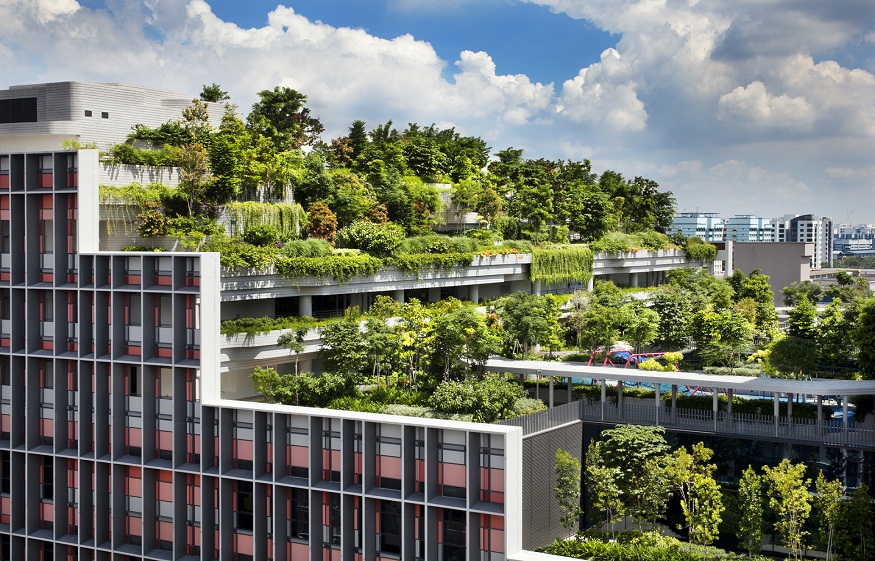Green building is a resource-efficient construction approach that takes both human well-being and environmental impact into account. As per Joe Cianciotto, in green building projects, sustainability is prioritized throughout the lifecycle of the structure, starting from the planning phase to the demolition of the building. Green building practices include environmentally conscious site selection, implementation of energy efficient systems, carrying out steps to limit carbon emissions, and more.
Joe Cianciotto lists certain features that most green buildings have
Green building is a widely popular construction approach that involves creating high-performance structures that do not have any adverse impact on the environment throughout their lifecycle. A large percentage of global energy-related carbon emissions stem from building construction, as well as building operations. Greenhouse gas emissions are known to be among the leading causes of anthropogenic global warming. Hence, following sustainable design and green building practices becomes immensely important in the efforts of mitigating the impacts of climate change.
Green building projects facilitate reduced energy consumption and water use, which helps cut down overall building operating costs and utility bills. These structures can also help improve the quality of life and productivity of the occupants by creating more comfortable and healthier indoor environments.
Here are a few of the features typically associated with green buildings:
- Sustainable site selection: A sustainable site is one that is carefully planned to minimize environmental impact and enhance convenience for its occupants. For instance, having buildings close to public transportation hubs and essential amenities lowers the reliance on private vehicles, thereby cutting down transportation-related carbon emissions. Such strategic site selection not only supports eco-friendly commutation but also encourages healthier and more efficient lifestyle choices. Constructing a building in a locality with existing infrastructure like utility and water lines, also helps limit the need for new infrastructure development, thereby further mitigating the impact on the natural environment.
- Sustainable materials: Sustainable building materials tend to have little or no negative impact on the environment as they are produced or used. Such materials are also fairly durable and can last long. Examples of sustainable building materials are sustainably harvested lumber, reclaimed wood, as well as recycled glass and steel.
- Decarbonization measures: A low carbon footprint is considered to be a key hallmark of green buildings. The use of energy-efficient electric appliances and renewable energy sources helps lower the dependency on fossil fuels. Smart technologies like smart lighting, intelligent climate control systems, and Internet of Things (IoT) sensors can be used to automatically adjust indoor conditions for the purpose of achieving energy savings while accommodating the needs of the occupants in real time.
- Water efficiency: Green buildings typically include features that help minimize water consumption. One may find water-efficient appliances and fixtures at these buildings, along with facilities for stormwater collection and storage, and landscaping that requires minimal irrigation.
As per Joe Cianciotto, green buildings enable developers and building owners to meet environmental, social, and governance (ESG) standards. Such projects have high odds of becoming high-performing assets in the contemporary landscape, as they typically achieve higher market value than comparable structures.

